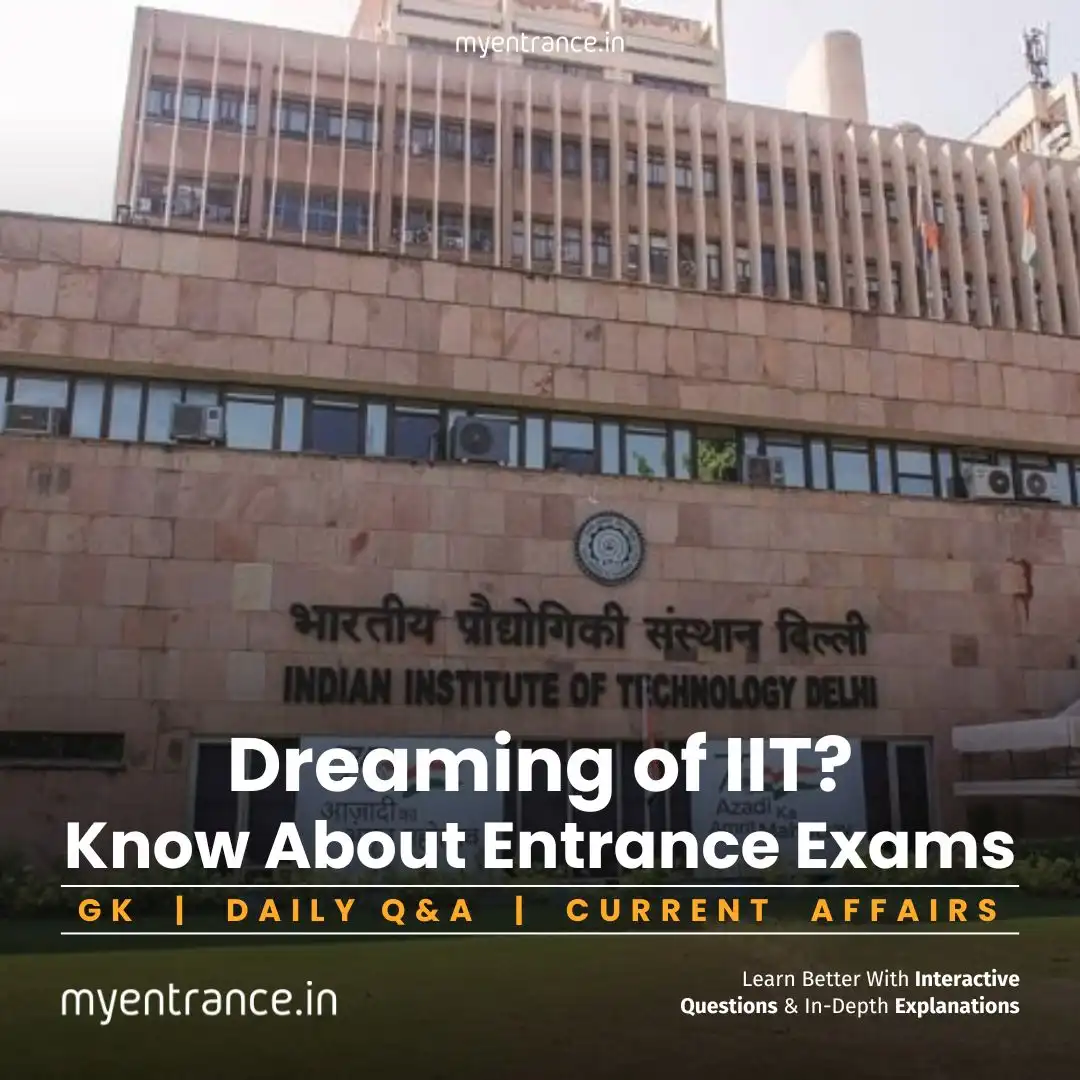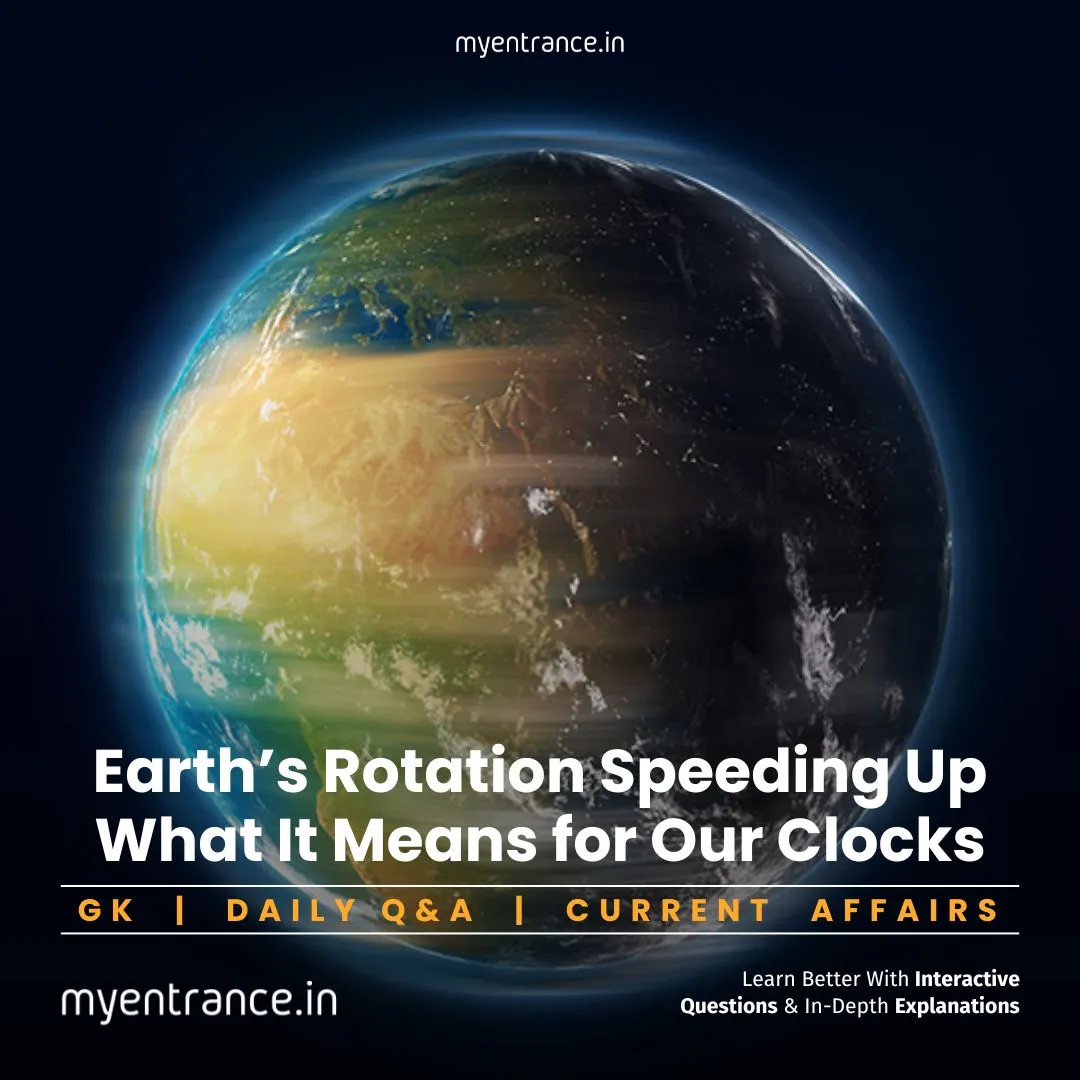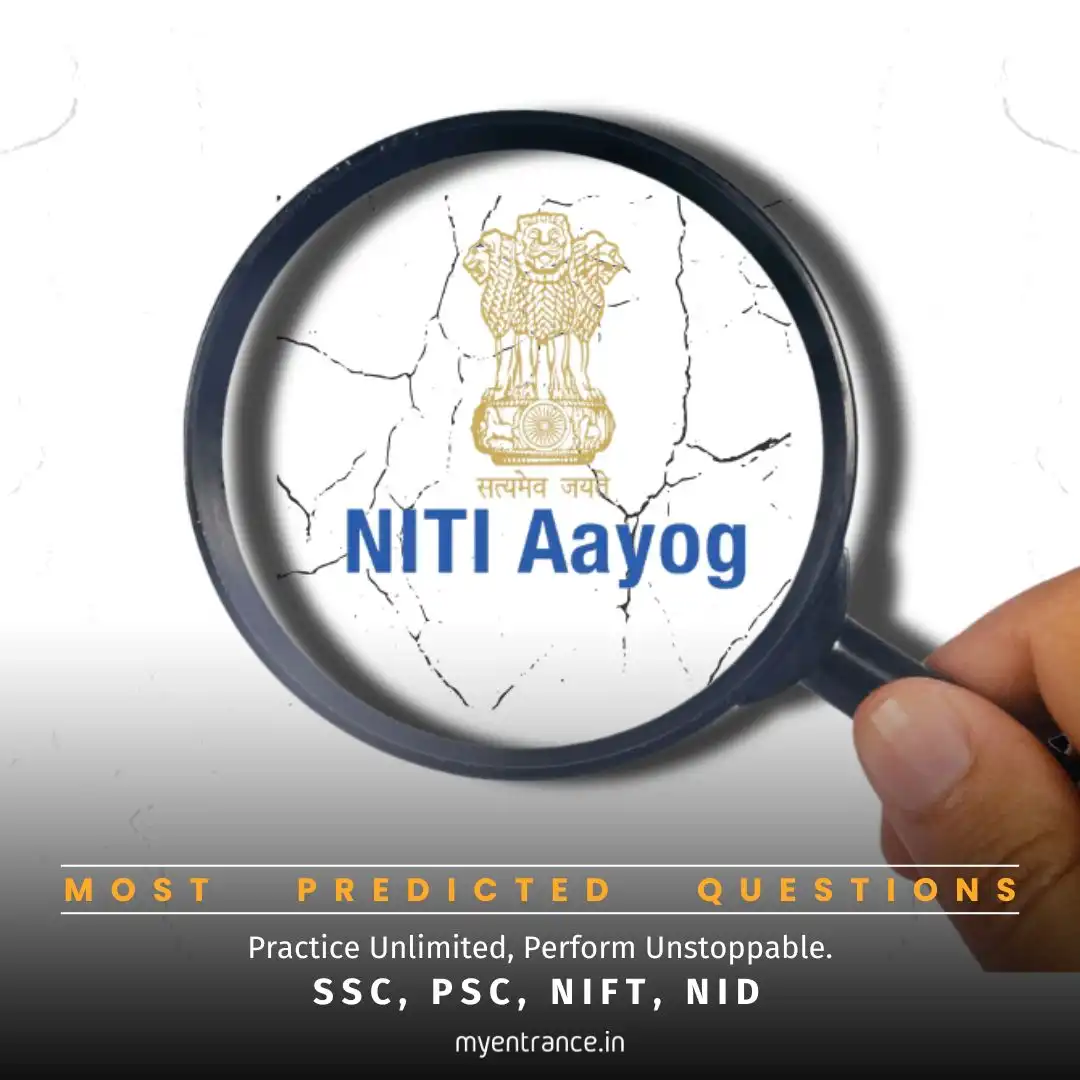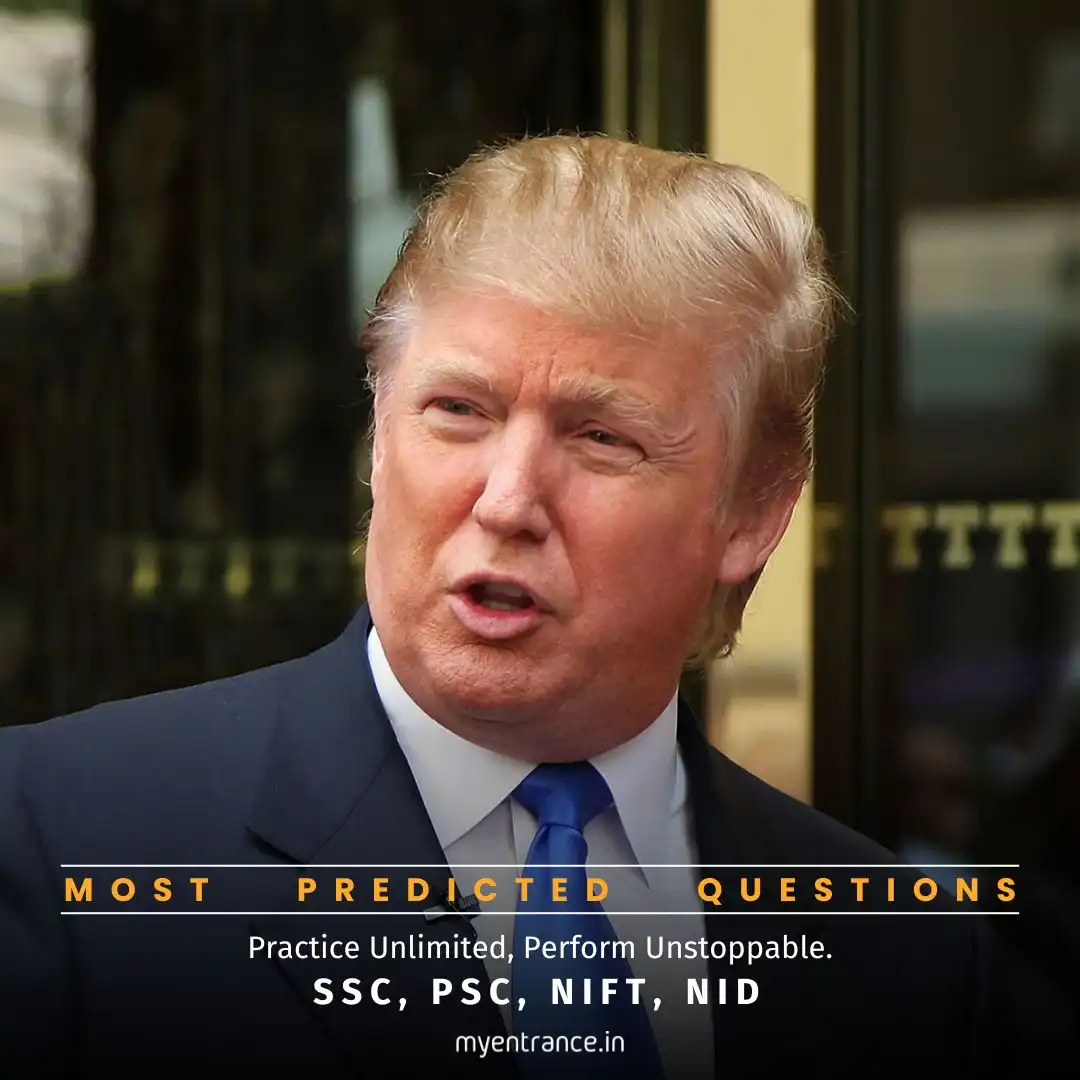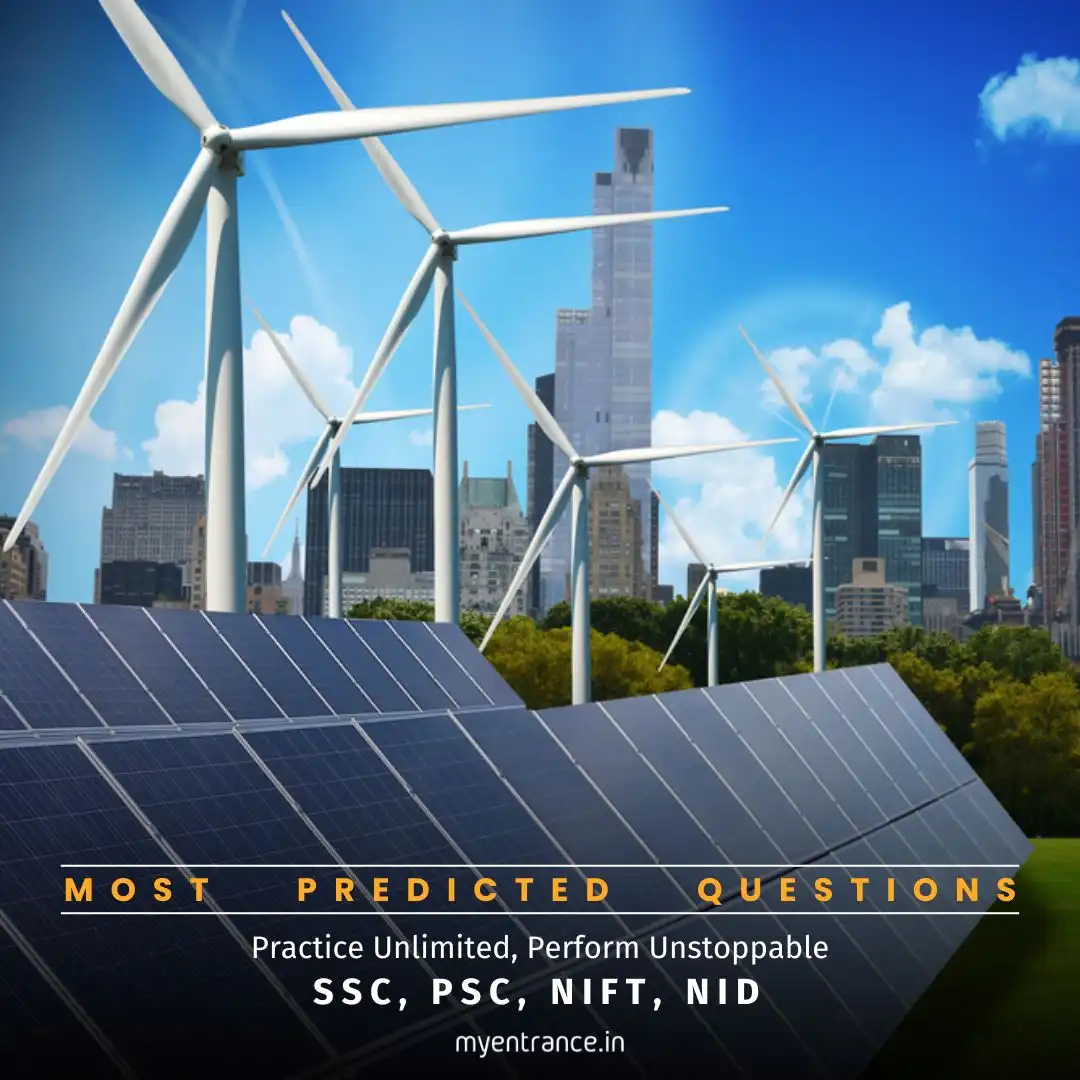Select Language
How Scientists Proved Einstein’s “Biggest Mistake” About the Universe
Albert Einstein’s theory of a static universe was revolutionary—until science proved it wrong. Modern astronomy reveals a cosmos that’s constantly growing, defying traditional ideas of space and scale.
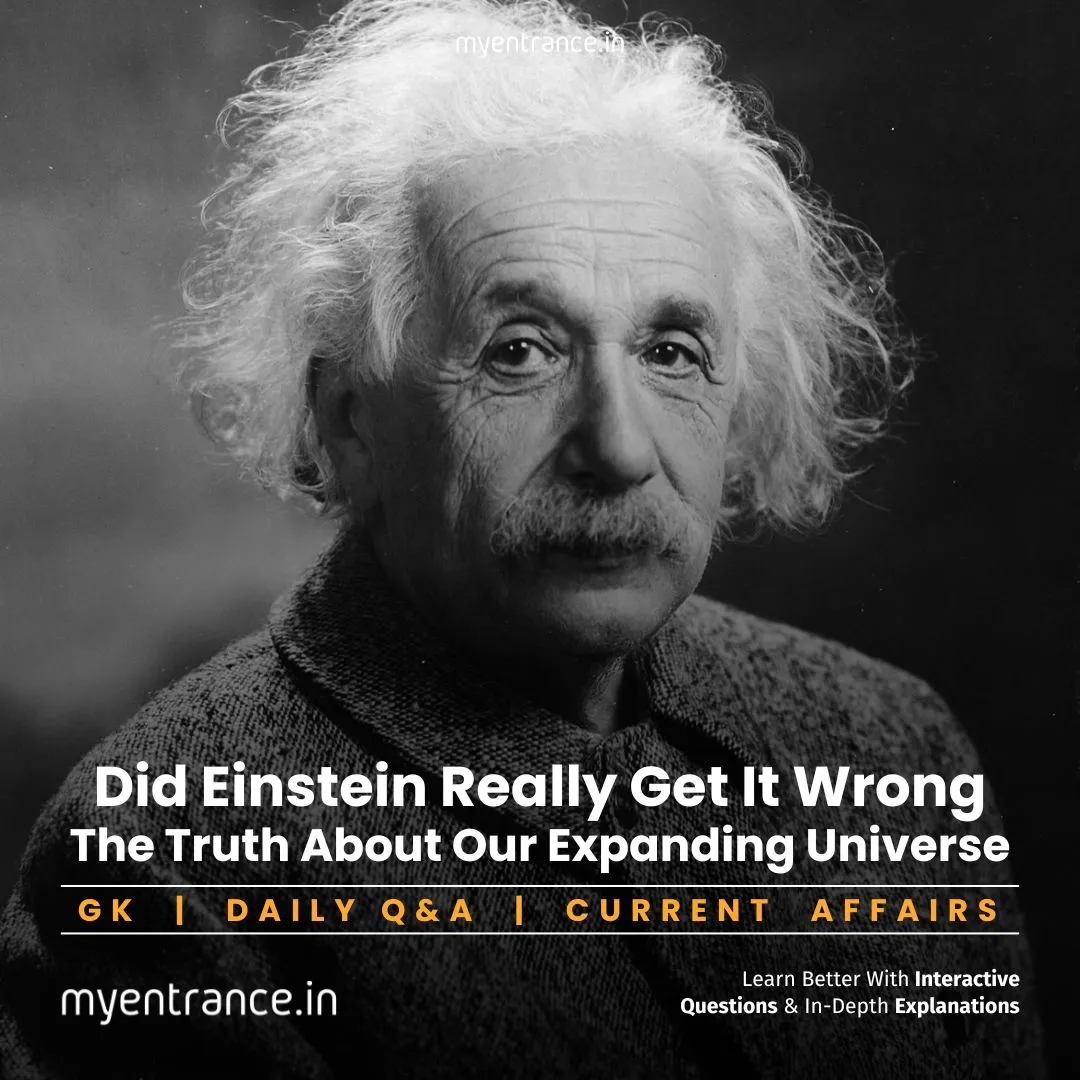
Einstein’s Static Universe Theory
In 1915, Einstein introduced his general theory of relativity, suggesting the universe was unchanging—neither expanding nor contracting. He even added a “cosmological constant” to his equations to maintain this idea. However, later discoveries shattered this belief, showing the universe is anything but static.
The Expanding Universe: A Cosmic Reality
Einstein’s equations actually allowed for an expanding universe, though he initially dismissed the idea. With advanced telescopes, astronomers observed:
Galaxies moving away from us, with distant ones receding faster.
Uniform expansion in all directions, meaning no single center exists.
No cosmic edge, just an ever-growing space without boundaries.
To visualize this, think of dots on an inflating balloon—each dot moves away from the others, yet no dot is the “center” of the surface. Similarly, the universe expands everywhere at once.
The Big Misconception: Explosion vs. Expansion
Many imagine the universe expanding like an explosion from a central point. But in reality:
Space itself stretches, carrying galaxies apart.
There’s no “outside” edge—just an infinite (or near-infinite) stretch.
The balloon analogy helps: You can travel endlessly along its surface without finding an edge.
Einstein’s “Biggest Mistake”
Einstein later called his static universe theory his greatest blunder. The cosmological constant, meant to stabilize the cosmos, became irrelevant when Edwin Hubble’s observations confirmed expansion. Today, this discovery reshapes how we perceive time, space, and existence itself.
Why Is This Important for Competitive Exams?
Questions on cosmic expansion, Einstein’s theories, and modern astronomy frequently appear in:
SSC & PSC (General Science sections)
NID, NIFT, FDDI (Design exams with science/logic components)
UPSC & State PSCs (Geography and Physics segments)
Understanding these concepts strengthens your grasp of fundamental physics, a key topic in many competitive tests.
Sample Questions & Answers
1. What was Einstein’s initial belief about the universe?
Answer: Einstein originally thought the universe was static—neither expanding nor contracting.
2. How do we know the universe is expanding?
Answer: Observations show distant galaxies moving away faster than nearby ones, indicating uniform expansion.
3. Does the universe have a center?
Answer: No—expansion happens everywhere equally, so no central point exists.
4. What analogy helps explain cosmic expansion?
Answer: Dots on an inflating balloon: all points move apart without a “center” on the surface.
5. Why did Einstein call his static universe idea a “mistake”?
Answer: Because later evidence proved the universe is expanding, contradicting his initial theory.
Final Thoughts
The universe’s expansion challenges our everyday notions of space, showing just how vast and mysterious reality is. For exam aspirants, grasping these concepts not only aids in tests but also sparks awe for the cosmos.
Ready to test your knowledge? Try our mock exams on MyEntrance.in and ace your preparation!
Get 3 Months Free Access for SSC, PSC, NIFT & NID
Boost your exam prep!
Use offer code WELCOME28 to get 3 months free subscription. Start preparing today!
